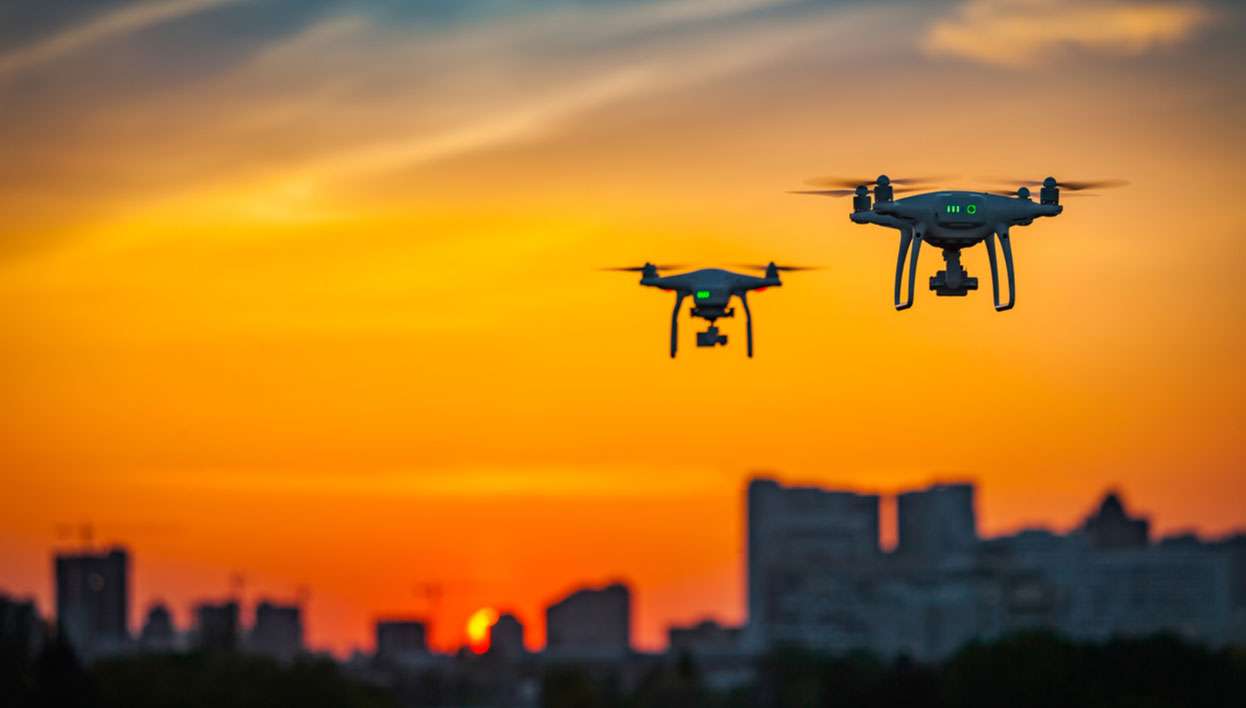A raíz de la experiencia Covid-19, se espera que crezca la demanda de inversiones y adquisiciones en investigación contra químicos, biológicos, radiológicos, nucleares y explosivos (CBRNE). Tecnologías innovadoras como la inteligencia artificial (IA), Internet de las cosas (IoT), materiales avanzados, nanotecnología y teledetección se aprovecharán en nuevas soluciones CBRNE para acelerar el tiempo de reacción contra las amenazas y mitigar sus efectos adversos. El articulo enumera las tendencias tecnológicas clave que impactan el tema de la defensa QBRNE, identificadas por GlobalData.
Breakthrough technologies such as artificial intelligence (AI), internet of things (IoT), advanced materials, nanotechnology and remote sensing will be leveraged in novel CBRNE solutions to speed up reaction time against the threats and mitigate their adverse effects.
Listed below are the key technology trends impacting the CBRNE defence theme, as identified by GlobalData.
Nanotechnology
Although nanotechnology is relatively new, there have been some breakthroughs in developing and refining new techniques to detect and mitigate the use of biological or chemical weapons. For example, the decontamination of chemicals requires large amounts of water and can produce harmful waste to both humans and the environment. In contrast, nanotechnology can be used in the decontamination process even at room temperature, eliminating the need for thermal destruction and removing potentially harmful vapours.
Detecting the dispersal pattern of a chemical attack as it occurs, or developing better sensors for decontamination efforts, may offer more opportunities to use nanotechnology to reduce the effects of CBRN use.
Nanotechnology still presents some long-term risks, such as being used to aid the spread and distribution process or to hide deadly pathogens. ‘Proto-nano-weapons’ such as dense inert metal explosives (DIMEs) are designed to make explosives less indiscriminate and more dangerous, shrinking shrapnel to such an extent that medical professionals find it extremely difficult to treat the wounded.
Remote sensing
As the detection and identification of CBRNE threats is an expensive, meticulous, dangerous and painful endeavour for CBRNE protection forces, countries seek novel solutions including remote sensing to develop and improve their CBRNE detection and identification capabilities. Various laser absorption spectroscopy (LAS)-based remote detection techniques have been developed and fielded recently, including differential absorption LiDAR, tunable laser absorption spectroscopy, laser photoacoustic spectroscopy, dual-comb spectroscopy, laser heterodyne radiometry and active coherent laser absorption spectroscopy for chemical detection.
Unmanned vehicles equipped with remote sensors have great potential to monitor environment, detect and identify these threats rapidly and manage the consequences of CBRN attacks. For instance, in 2017, the European Defence Agency (EDA) and the European Space Agency (ESA) initiated an Autonomous Drone Services (AUDROS) project to detect and identify CBRNE threats using satellite and unmanned aerial vehicle (UAV) together.
Similarly, the Australian Defence Science and Technology (DST) Group working with industries including Strategic Elements, Stealth Technologies and Planck Aero systems seek autonomous CBRN sensing and search by deploying Unmanned Ground Vehicle (UGV) and UAV.
Fuente: https://www.army-technology.com


